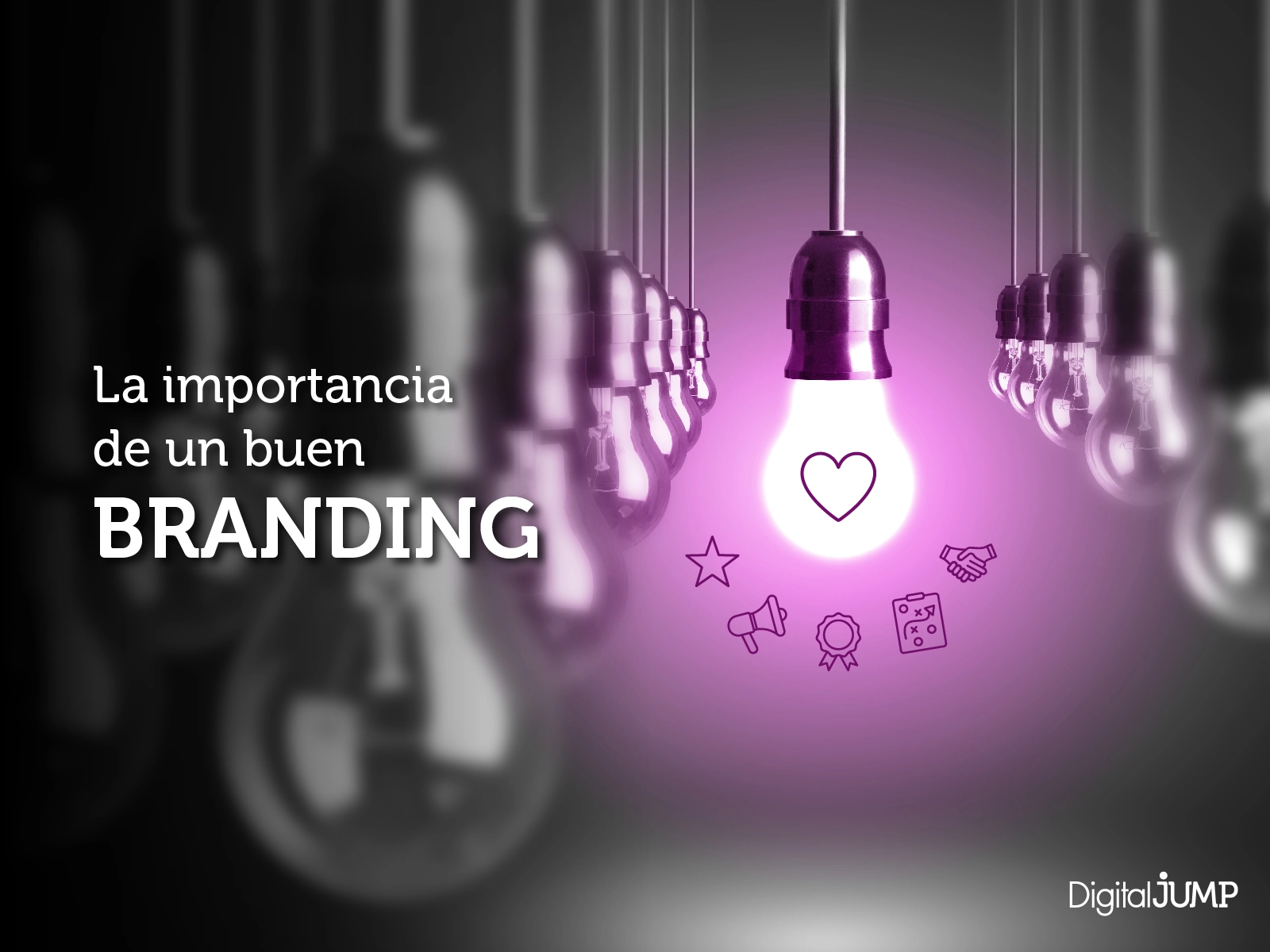We all have marks, one who fell as a child and got a branch stuck in his leg, the other who was burned in a bonfire. In my case both and I also scratched my back with a barbed wire (you don’t have to cross fences to gather better firewood for the bonfire).para juntar mejor leña para la fogata).
“Where are we going with all this? What’s the matter? “You are making it very long, man.” Ok let’s order: What do companies do to distinguish their products from others? Like you and me, they put marks on them. Now every time you see a brand you may think of someone who just wanted their products not to be confused with others. Distinguish them.
And then, when I am there in front of the product about to put my brand on it, the questions appear, What brand do I want to put on my product? What do I want that brand to look like? What do I want it to represent? How do I want users to talk about my brand? What do I want you to imagine in your minds when you see or hear it? Well here we are, that’s what Branding is about, we’re putting down the glass of whiskey and getting a little more academic.

Branding is an essential concept in the world of marketing and business. It refers to the strategic process of building and managing a brand to establish a strong and distinctive identity in the minds of audiences. Lets start by the beginning.
Every concept exists as such fundamentally in the minds of the people who use it. These individuals see something represented in a concept, which is generally more or less shared among everyone. For example, if in Argentina we say the word “invoice”, most people will think of a flour-based food to consume for breakfast or snack or of a document that supports a sale. If we say “bills”, we are all going to think about food, and not about papers. However, some probably imagine certain types of bills and others other types. For example, some think of croissants, others of cakes, and others of security guards. At the same time, some imagine the bakery in their neighborhood or the best one or the one from their childhood. Therefore, a concept makes up a broad, complex and diverse imaginary, subject to people’s subjectivity.
A brand, as a concept, is intended to represent something. What a company wants, what a company dreams of, is for people to think, feel and imagine the same thing, or at least something similar to each other, as close as possible to what the company wants its brand to be. In a branding process, it is essential to define what the company wants its brand to be, which as a whole we summarize in one concept: Identity.

At the risk of competing with a philosopher, we allow ourselves to barely define what an identity is. To simplify, we say that it is that set of traits or characteristics that differentiate it from others. So the first job we have in this process is to define what those elements are, starting with the conceptual. The following will be essential elements to develop at this stage:
- Audiences:
If we are going to create something, it will be for someone. We must define which are the main care and secondary or tertiary care groups, and try to describe them as precisely as possible, taking into account not only quantitative definitions but also their fears, desires, interests and motivations in relation to the product or brand in question. question. They will be the recipients of our subsequent developments, and for them we will work. That is why it is very important to recognize them and know them very well. - Values:
This step already demands a more internal commitment to creation, which is the beginning of the construction of meaning. In this phase we incorporate values, those emotional aspects that the brand projects outwards, the intangible elements of its essence: sensations, feelings, philosophy and attitude. - Attributes:
Moving on to a more concrete look, we must define what those rational qualities are, that appeal to more tangible aspects, that accurately describe what the identity we are building is about. - Posicionamiento:
It is important, once the previous instances have been overcome, to rehearse some expressions about the definition of what a brand is and how it intends to be perceived by its audience. - Verbal identity:
Verbal identity describes the way in which the brand speaks and from where it enunciates its messages to address its audiences. In this aspect, we work based on personality archetypes, to collaborate in the construction of a tone of voice and message matrices that guide and define communication from now on.

Visual:
We then rounded off the construction of our brand, from the conceptual aspect. Now begins the stage in which we propose to find those visual elements that are able to represent and transmit everything that we previously defined in words, now graphically. At the end of this production we should have been able to make the following elements:
- Isologotype:
Visual trademark identifier is the representation most commonly used to apply the brand in any context, virtual or traditional. It usually combines the brand name in text with a particular design and style. For example this is our Isologotype:

- Isotype:
In this version the graphic representation is simplified and an attempt is made to transform it into something easier to process visually in less space. For example, this is our isotype:

- Tagline:
It is an element that is not always found, which attempts to briefly explain what the brand is or what it does. Sometimes known as Bajada or slogan, it is a short phrase or combination of words that accompany the Isologotype. For example, our Tagline is “Digital Marketing Partner”. - Incorrect applications and uses:
This section brings together a series of instructions to guide the correct use of the brand and avoid unwanted uses that put its identity, integrity or positioning at risk. - Color palette:
This attribute seeks to build an adequate selection of colors to guarantee 2 fundamental objectives: On the one hand, quick and unequivocal identification of the brand. On the other hand, the transmission of certain sensations and emotions linked to that set of colors. - Fonts:
In this section we seek to build a selection of a set of font styles, which on the one hand quickly identify with the brand and its contents, and at the same time, are consistent with its identity. - Photographic or content styles:
As a final elaboration of this process, it may be valuable to prepare some examples of brand applications, both in photographic styles and in other types of content.
We round up:
Branding is an essential strategic process to establish a solid and distinctive brand identity. It is used to differentiate yourself from the competition, build a positive image, establish an emotional connection with consumers and strengthen market positioning. Doing it properly gives you the possibility of obtaining competitive advantages.
It is impossible to establish the value of a brand, but not having one can be very expensive. It is undoubtedly a process that involves effort and a lot of commitment, but it can be the fundamental structure that sustains the desired growth.
We insist, it is common to underestimate the power of branding, don’t do it!
At Digital JUMP we work to help create an impactful brand identity that stands out from the crowd and connects emotionally with the audience! Here we are.


